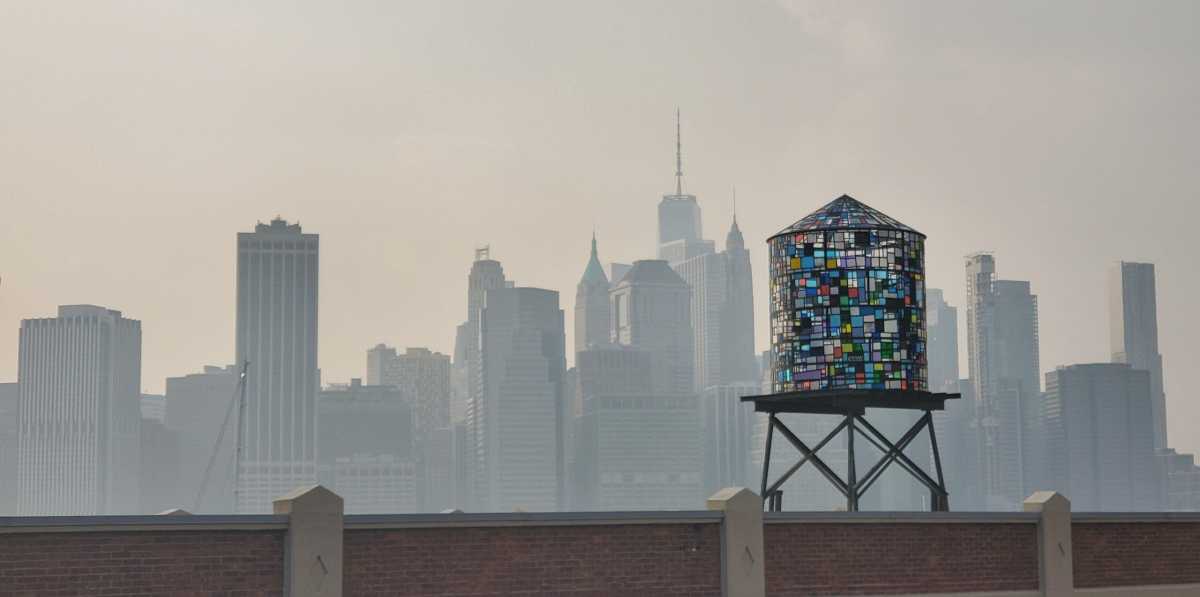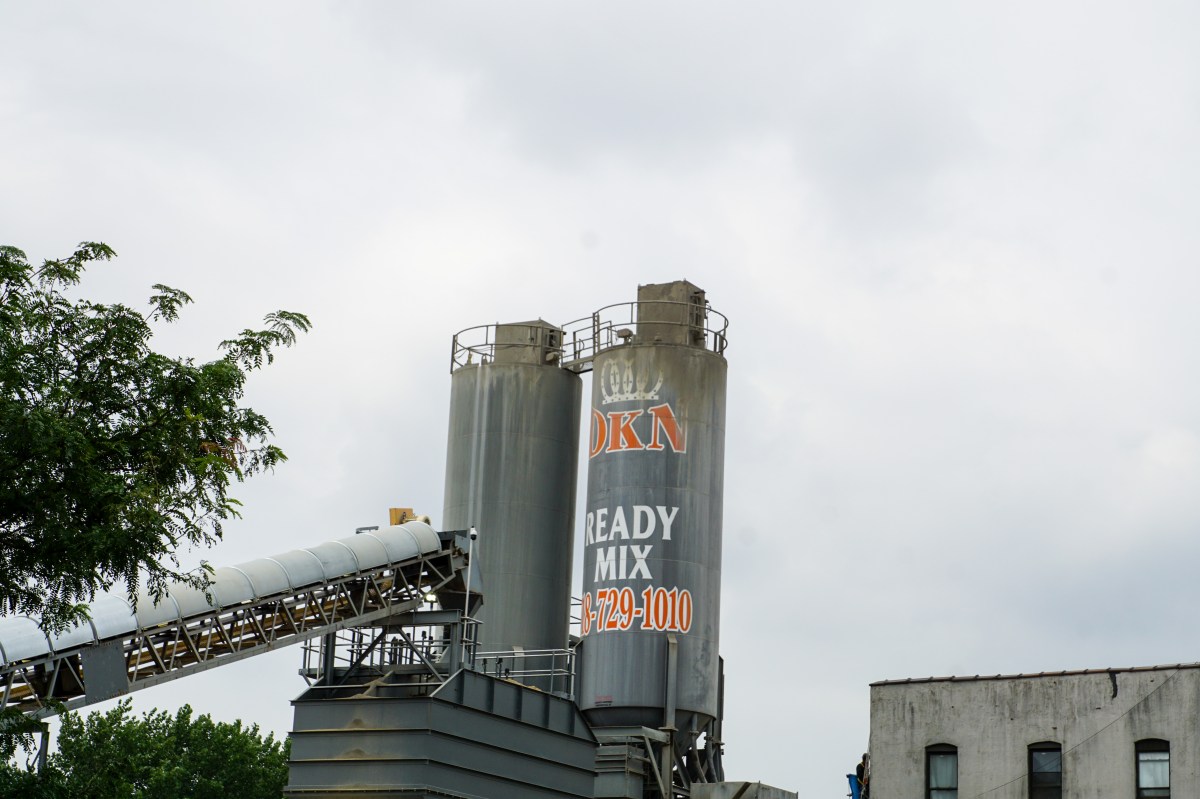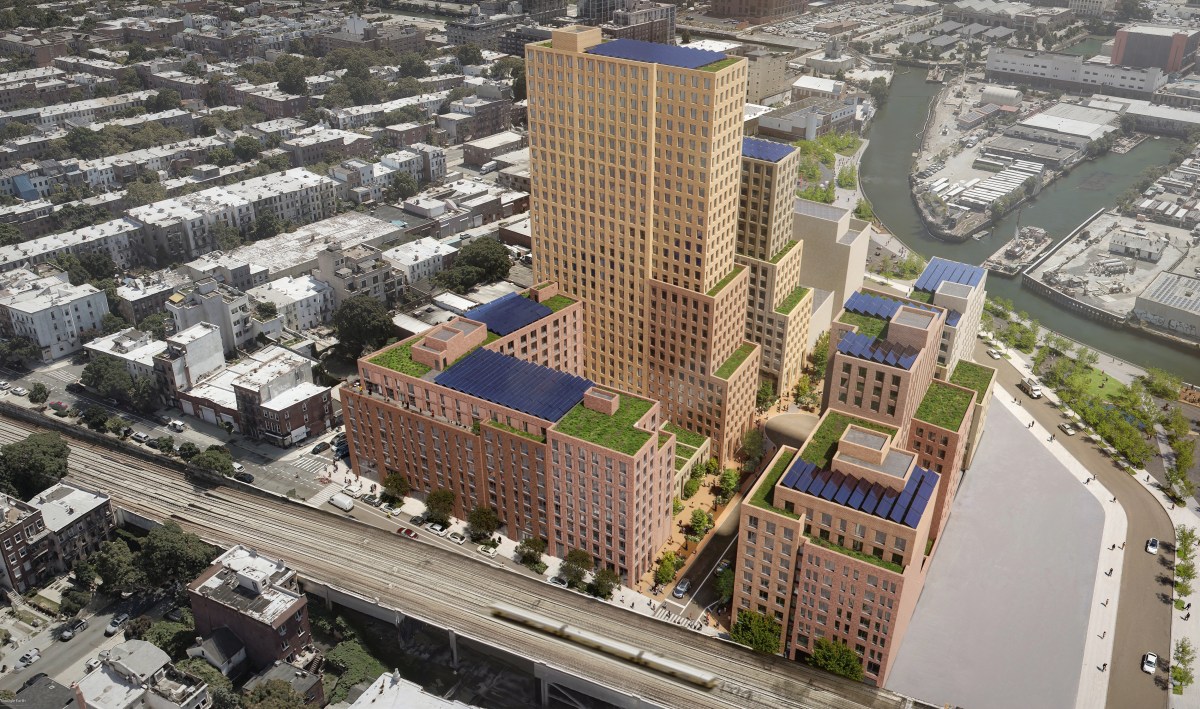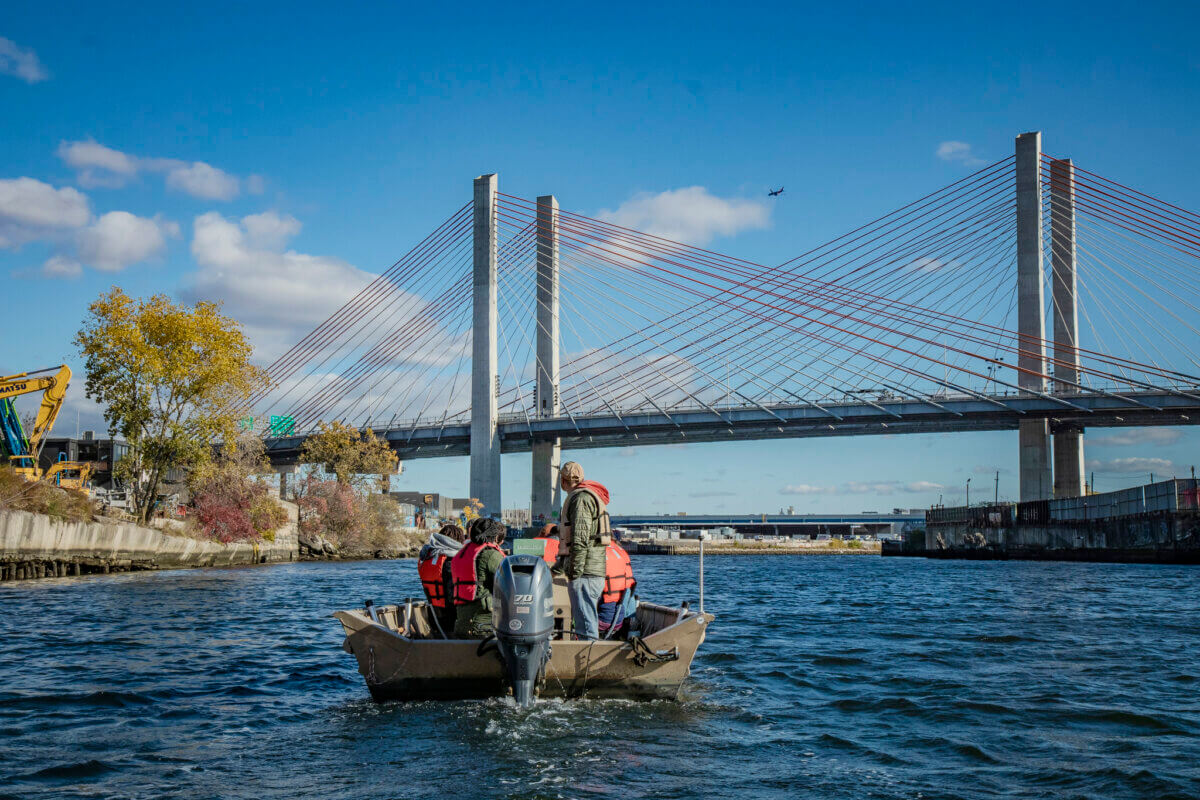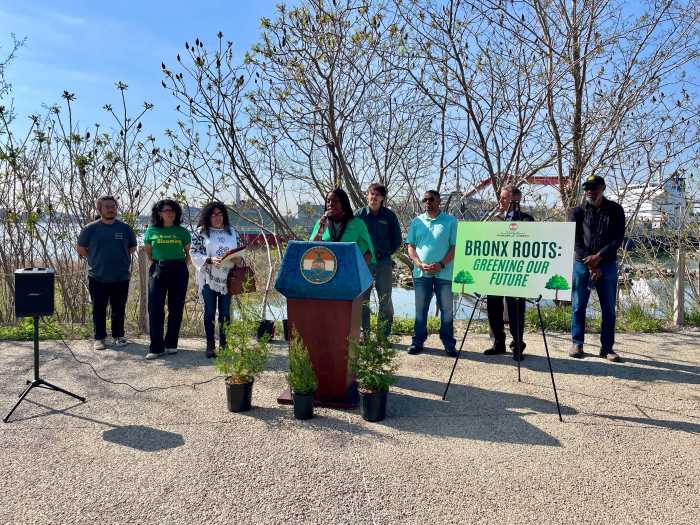New York City will remain under an air quality alert through at least Saturday as the stubborn smoke from Canadian wildfires lingers in the area, Governor Kathy Hochul announced Friday afternoon.
It’s the third straight day in which the Five Boroughs have come under such an advisory, as the air quality index (AQI) soared into the 150s Thursday evening and Friday morning, with the latest hazy plume of smoke arriving from the north and west.
As of 4 p.m., Lower Manhattan recorded an AQI of 167, which is considered “unhealthy for sensitive groups,” according to the Environmental Protection Agency’s Airnow.gov tracking system.
If all this wasn’t bad enough, the city’s also under an ozone advisory as a result of normal emissions mixing with the summer heat, adding to air pollution.
But the end appears to be in sight, according to Hochul. Forecasters expect plume to gradually shift to the northeast before being recirculated throughout the state on Sunday, and then being driven away by an approaching cold front.
The AQI, however, is not expected to hit the noxious levels that the city experienced on June 7 — when wildfire smoke blanketed the Big Apple in an unforgettable, apocalyptic orange haze, and the AQI soared into the upper 400s range, considered extremely unhealthy for anyone. At one point that day, New York City had the most polluted air of any city on the planet.
Hochul and Mayor Eric Adams continue to advise New Yorkers to take precautions against the smoke in the air. The smoke could be harmful for children, seniors and those with heart or lung conditions; people in these vulnerable groups are advised to limit their outdoor activity and wear N95 masks while out in the open.
Hundreds of thousands of masks are also being distributed across New York state, Hochul noted. In New York City, you can pick up an N95 mask at your local police precinct or firehouse. They are also available at the city’s Neighborhood Health Action Centers.
Wildfires have been burning across Canada since the start of the year, thanks in part to an unusually hot, dry and prolonged weather pattern, according to the National Oceanic and Atmospheric Administration’s Weather Prediction Center.
Some 235 wildfires are still burning in Canada out of control.



